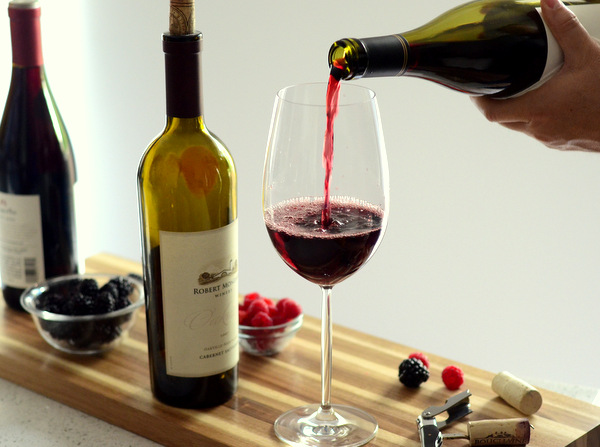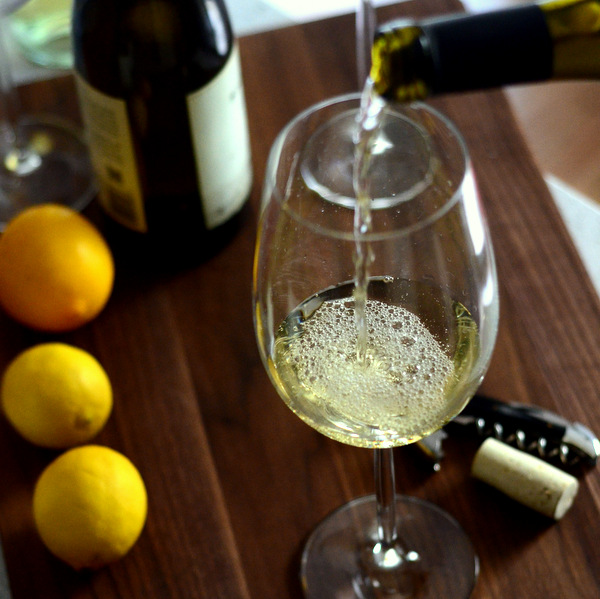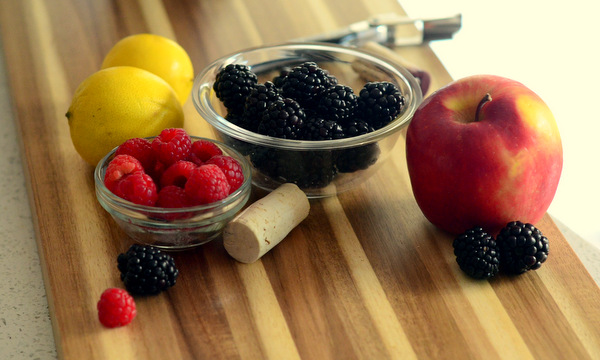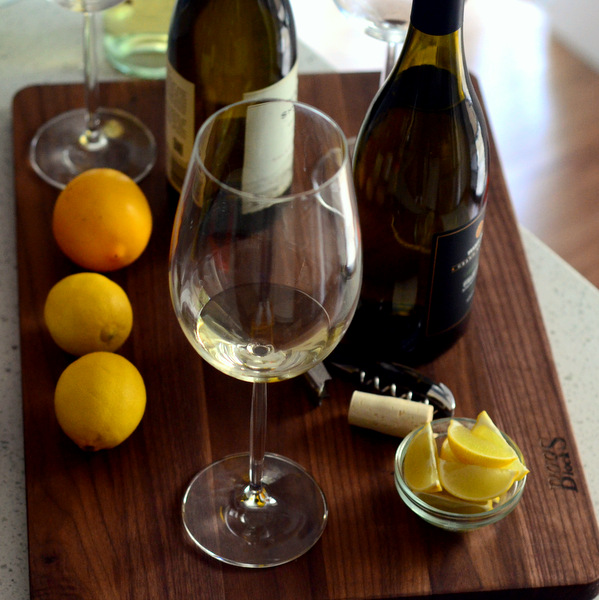You don’t need to travel to Napa or the French countryside to indulge in a wine tasting. Since a weekend getaway likely isn’t in your plans, we’ve put together a guide to how to host a wine tasting party at home with friends! You don’t need to start as a wine expert to host a wine tasting; the more tastings you try, the more you’ll learn about wine. And you’ll have a ton of fun along the way!

How to host a wine tasting party
There are many options when it comes to hosting a wine tasting party, and I’ll give you three possibilities to start with. These aren’t the only ways to taste wine, of course, but they’ll set you up for success at your first wine tasting are a great blueprint to follow for every wine tasting party to follow.
1. The Single Color Party
This style of wine tasting is the most straightforward: Pick three different red wines or three white wines and taste them side by side. This exercise allows you to see the subtle (and not-so-subtle) differences between broad grape categories very clearly.
Do not pick wines that are labeled as red blends or white blends. Though they won’t all taste the same, you’ll appreciate the differences between the wines more when they are all different varietals.
The best thing about this format is how easy it is to find wines to mix and match. It will give you a great introduction to both wine tasting and to some popular wines.
Suggestions: Cabernet Sauvignon, Merlot and Pinot Noir; or Chardonnay, Sauvignon Blanc, and Riesling

2. The Single Varietal Party
Wines are all made from grapes, but the specific grapes are known as varietals. By tasting different wines of tasting the same varietal — say, three bottles of Cabernet Sauvignon — grown in different places, you can start to pick up the terroir of the vineyards in those locations.
Wine experts use the word terroir often. It refers to the way the climate and soil of a particular area affects wine. When you taste the same grape variety grown in different places, the differences between the wines define the terroir of each place. For instance, a sauvignon blanc grown in one area might be citrus-forward and grassy, while in another, it might be far fruitier, with notes of tropical fruits. Same grape, different flavors.
Many wines are labeled with the varietal that is (primarily) used to make them, while others are labeled with the place that the wine is grown. With French and Italian wines, for instance, you’ll see the region where the grapes are grown noted more prominently than the varietal, though specific regions use specific varietals. A quick online search (or question to your local wine purveyor) can tell you what varietals are in any given wine, even if it isn’t on the label.
Suggestions:
- Syrah/Shiraz from California, Australia and France
- Zinfandel/Primitivo from California, Australia and Italy
- Sauvignon Blanc from California, Australia and France
- Riesling from Washington, Germany and France
- Pinot Noir from Oregon, California and France

3. The Single Producer Party
This style of wine tasting is most like the tasting that you might do when you visit a vineyard. In fact, it is a great way to get to know a particular producer without leaving your home. Every producer is has a winemaker that shapes what their finished wines taste like, from single-vineyard wines to broader red blends.
Suggestions:
Start with a wine that you like and head to the producer’s website to see what other wines are in their portfolio. You might end up with a mix of reds and whites, or a few bottles from the same producer, but different vineyards.
Where to find wine for a wine tasting
Depending on what state you live in, your wine shopping options may be limited, but the best place to buy wine is typically a liquor store that specializes in wine. These shops typically have knowledgeable staff members who can help you pick quality wines at your ideal price point.
But when hosting a wine tasting, you don’t necessarily need to supply all the wine yourself. You can assign wines to friends: Ask one friend to pick out a bottle of cabernet sauvignon, another to pick a California pinot noir, etc.
Pro tip!
You can find all kinds of interesting aromas in wines, from lemon and grass in sauvignon blanc to strawberries or mushrooms in pinot noir. You’ll read many of these descriptors on the wine labels, but it can be hard to isolate them without a little practice.
One of my favorite things to do when hosting a wine tasting is to put out some aromatic ingredients alongside my wines. When you can smell fresh blackberries or apple slices as you are sipping your wine, it is much easier to identify those aromas and flavors in the wines themselves. Pick out one or two elements for each wine and match them based on the descriptions from the producers or from your local wine sellers.

If you want to get really fancy, break out the Wine Aroma Wheel to learn how to break down some of what you’re smelling and tasting, too.
In the end, remember that there is no right or wrong way to taste wine. Tasting wine should be fun — even if not every wine that you taste turns out to be a new favorite.
Wine tasting party must-haves
- 3 – 5 wines
- 1 wineglass per person, per wine
- 1 – 2 spit buckets
- Notepads or paper
- Plain crackers, such as water crackers
- Water
Wines
You will want to have three to five wines for your tasting. Three is really the minimum — it is just right for a small group, especially if you don’t want to have a fridge full of partially open bottles the next day. If you have four or more people, try to have four or five wines. The more wine you have, the more interesting your comparisons will be. More than five wines may start to get confusing, though, so limit your wines or taste them in sets.

Wineglasses
Ideally, you’ll taste your wine in wineglasses. Swirling the wine in a wineglass lets you smell each wine more clearly. You can rinse them between wines if you don’t have enough glasses, or simply use non-wineglasses. Wineglass charms can come in handy if you have more than a few guests.
Spit buckets
Since this is a wine tasting and not a wine drinking event (though you can enjoy the leftovers after your tasting!), have one or two large cups or buckets available for your guests to spit their wine into as they taste. That’s what the pros do!
Notepads
There should also be a notepad for each person to write down their thoughts on each wine as you go. It’s nice to have those notes when the night is over!
Crackers and water
And always keep some plain crackers and water handy for cleansing the palate between wines.

Share tips, start a discussion or ask one of our experts or other students a question.
No Responses to “How to Host a Napa Valley–Worthy Wine Tasting at Home”